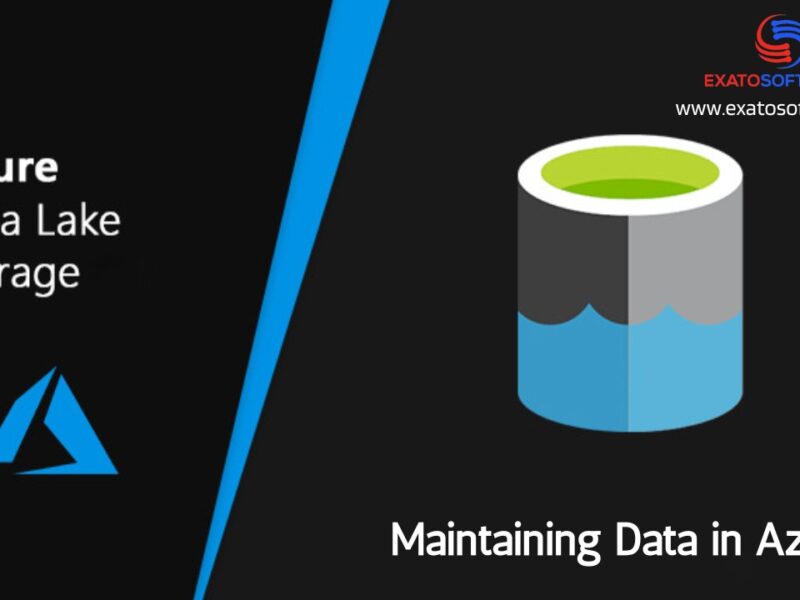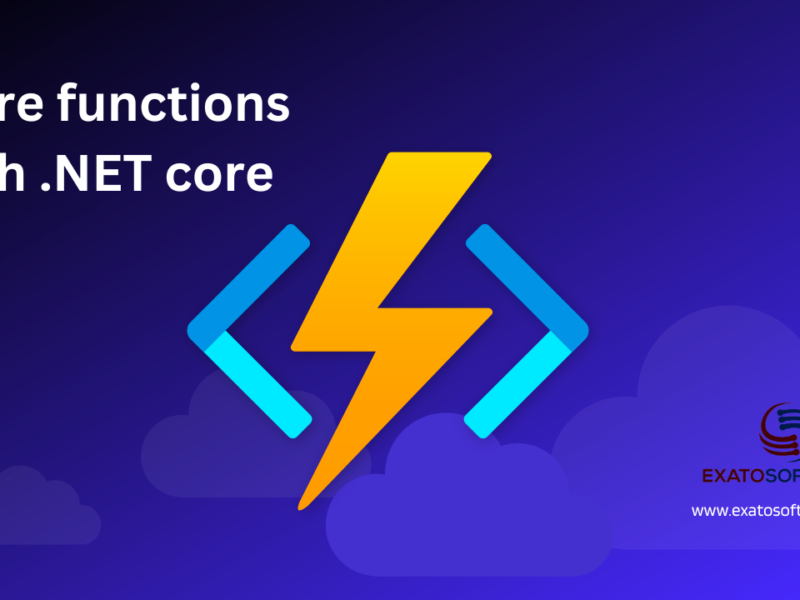Streamlining procedures, fostering collaboration, and guaranteeing seamless delivery are crucial in the world of contemporary software development and IT operations. Microsoft’s Azure DevOps, a robust and adaptable set of development tools, is leading the charge toward achieving these objectives. We’ll delve here into the world of Azure DevOps looking at its elements, features, and potential to revolutionize your pipelines for development and deployment.
Acquaintance with Azure DevOps
An integrated set of development tools and services called Azure DevOps makes it easier to collaborate, manage code, create automated builds, conduct testing, and deploy software. By offering a comprehensive platform for managing the software development lifecycle, it seeks to increase productivity and the general effectiveness of development teams.
Important Elements of Azure DevOps
1. Azure Boards: Azure Boards facilitates agile project management by giving teams the tools they need to plan, monitor, and discuss their work. It supports a number of methodologies, including Scrum, Kanban, and Agile, enabling you to modify your procedures in order to meet the unique requirements of your team.
2. Azure Repos: For source control of your code, Azure Repos offers Team Foundation Version Control (TFVC) or Git repositories. Teams can work on code collaboratively and effectively because it supports branching and versioning.
3. Azure Pipelines: Automate the development, testing, and deployment of applications across various platforms. It allows for continuous integration and continuous delivery (CI/CD) pipelines by supporting a variety of programming languages and integrating with a wide range of development tools.
4. Azure Test Plans: Azure Test Plans allow for manual and exploratory testing as well as thorough application testing. To make sure your software is reliable and of high quality, you can use it to create test cases, manage test suites, and track test results.
5. Azure Artifacts: Azure Artifacts serves as a tool for managing packages, enabling you to create, host, and distribute packages among your development teams. It is compatible with many different package formats, including Maven, NuGet, and npm.
6. Azure DevOps Extensions: Extensions give Azure DevOps access to new features and integrations. They can be created specifically for a project or purchased from the Azure DevOps Marketplace, enhancing the platform’s functionality.
Features and Advantages
- End-to-End DevOps Solution: Azure DevOps provides an extensive collection of tools and services that span the entire software development lifecycle, promoting collaboration and integration at every stage.
- Integration with Azure Services: A cogent and effective development experience within the Azure ecosystem is made possible by seamless integration with other Azure services.
- Scalability and Flexibility: Azure DevOps is suitable for small startups to large corporations because it can scale to accommodate teams of any size and can adapt to different project requirements.
- Security and Compliance: Azure DevOps guarantees data security and adherence to industry standards, providing comfort when handling sensitive information.
- Customization and Extensibility: Teams can adapt the platform to meet particular needs and integrate it with existing tools and processes thanks to Azure DevOps’ ability to be customized and extended through extensions and APIs.
Introduction to Azure DevOps
Follow these steps to begin using Azure DevOps
- Sign up for Azure DevOps first: Create an account by going to the [Azure DevOps website] (https://azure.microsoft.com/en-us/services/devops/).
- Create a Project: After logging in, start a fresh project and select the settings and working methods that work best for your team.
- Explore and Configure Components: Get acquainted with the various Azure DevOps components and set them up in accordance with the needs of your project.
- Create CI/CD pipelines for your applications using Azure Pipelines to automate the build, test, and deployment procedures.
- Collaborate and Iterate: Improve productivity and efficiency by collaborating with your team using Azure Boards and Repos, iterating on your project, and utilizing Azure DevOps.
Azure DevOps is a powerful platform that equips development teams with the tools they need to deliver high-quality software quickly and foster a collaborative culture. Adopt Azure DevOps to start your journey toward increased productivity and effective software delivery in the current technological era.
Appropriate settings and Methodologies
Selecting the appropriate settings and methodologies for a new project on Azure DevOps is crucial for setting the right foundation for your development process. Here’s a step-by-step guidance to help you make informed decisions:
Step 1: Understand Your Project Requirements
Before diving into Azure DevOps settings and methodologies, you need a clear understanding of your project’s requirements, including:
– Project Type: Is it a web application, mobile app, API, or something else?
– Team Size: Consider the number of team members and their roles in the project.
– Customer Needs: Understand what your customer needs and expects from the project.
– Compliance and Regulations: Identify any compliance requirements or regulations you need to adhere to.
– Technological Stack: Determine the programming languages, frameworks, and tools you’ll be using.
Step 2: Choose an Agile Methodology
Azure DevOps supports various Agile methodologies. Choose one that best fits your project and team dynamics:
– Scrum: Best suited for projects with clear goals, frequent deliveries, and a dedicated Product Owner.
– Kanban: Ideal for continuous delivery projects with a focus on optimizing workflow and minimizing work in progress.
– Agile: A flexible and iterative approach suitable for small to mid-sized teams working on evolving requirements.
Step 3: Configure Azure Boards
Based on your selected methodology, configure Azure Boards:
– Work Item Types: Define work item types like Epics, User Stories, Bugs, Tasks, etc., based on your project requirements.
– Backlog Management: Organize and prioritize work items in the backlog.
– Sprint Planning: Set up sprints, plan work for each sprint, and estimate effort for user stories and tasks.
Step 4: Set Up Azure Repos
Choose a version control system that aligns with your project needs:
– Git: Distributed version control, ideal for teams looking for flexibility, collaboration, and branching strategies.
– Team Foundation Version Control (TFVC): Centralized version control, suitable for teams accustomed to a centralized repository model.
Step 5: Configure Azure Pipelines
Set up continuous integration and continuous deployment (CI/CD) pipelines based on your project requirements:
– Select Build and Deployment Tools: Choose appropriate build and deployment tools based on your technology stack.
– Define Build and Release Pipelines: Define the build process and deployment steps to ensure automated and reliable software delivery.
Step 6: Customize as Needed
Azure DevOps is highly customizable to adapt to your project’s specific needs:
– Custom Fields and Workflows: Customize work item fields, states, and workflows to match your project’s process.
– Notifications and Alerts: Configure notifications and alerts to keep the team informed about critical events.
– Security and Permissions: Define security roles and permissions to control access to project resources.
Step 7: Iterate and Optimize
Regularly review your project’s progress, processes, and methodologies. Gather feedback from team members and stakeholders to identify areas for improvement and make necessary adjustments.
By carefully considering your project’s requirements and leveraging Azure DevOps’ flexibility and features, you’ll be able to tailor your settings and methodologies to ensure a smooth and successful project delivery.



